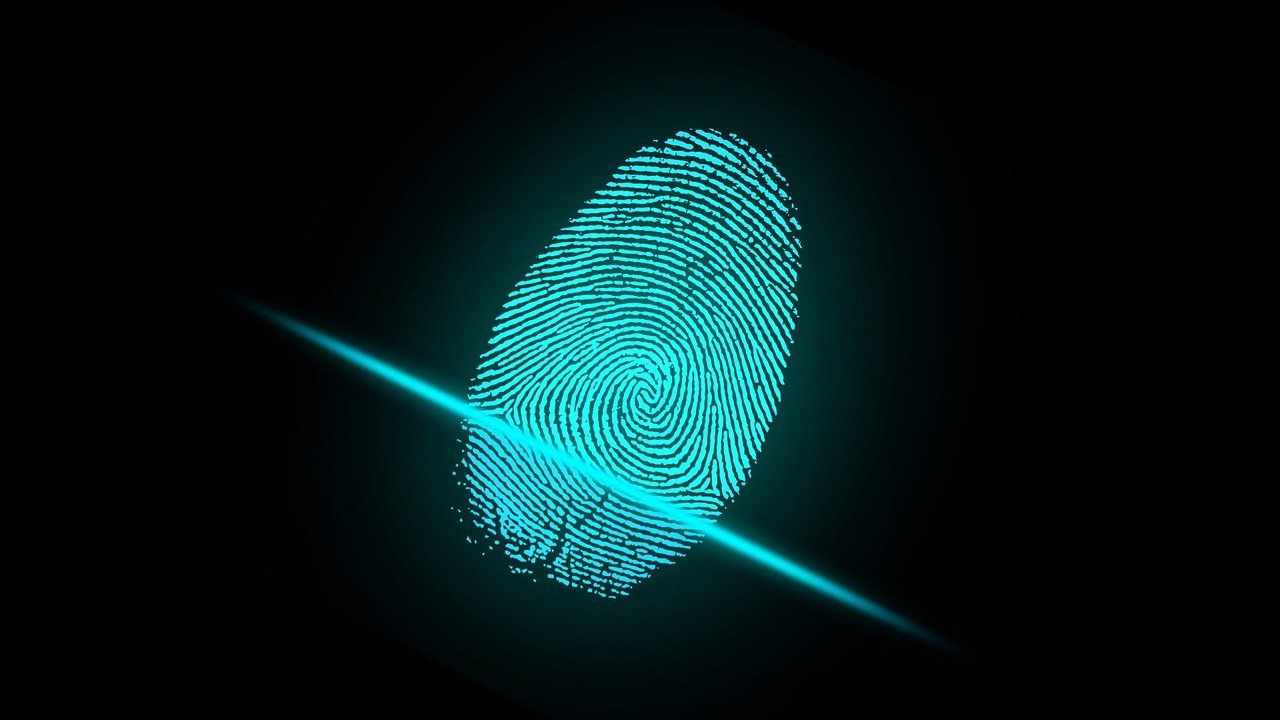Artificial Biometrics Technology: An Overview
The intersection of Artificial Intelligence (AI) and biometrics technology has led to the development of artificial biometrics, a field that holds great potential for enhancing security and identification systems. Artificial biometrics combines the power of AI with biometric technologies like facial recognition, iris recognition, voice recognition, and fingerprint scanning, to create highly accurate and reliable identification systems. These systems have a wide range of applications in various industries, from finance and healthcare to law enforcement and border control.
Artificial Biometrics and AI: A Match Made in Heaven
AI technology has revolutionized the field of biometrics by enabling more advanced and accurate identification systems. Unlike traditional biometric systems that rely on fixed algorithms, AI-based biometric systems can learn and adapt to changes in the environment and user behavior. This makes them more reliable and less prone to errors.
One of the most significant benefits of combining AI and biometrics is the ability to detect and prevent identity fraud. AI algorithms can detect anomalies and inconsistencies in biometric data, such as spoofing attacks, where an imposter uses fake biometric data to gain access to a system. This helps prevent identity theft and protects sensitive information.
Applications of Artificial Biometrics Technology
Artificial biometrics technology has a wide range of applications across various industries. Here are a few examples:
Healthcare: Artificial biometrics can be used to securely identify patients and access their medical records. This can help reduce medical errors and ensure that patients receive the correct treatments.
Finance: Biometric authentication can be used to secure financial transactions, prevent fraud, and protect sensitive financial information.
Law Enforcement: Biometric identification can be used to identify suspects and criminals in a more accurate and reliable manner. This can help reduce false arrests and improve public safety.
Border Control: Biometric identification can be used to screen travelers at border crossings and airports, preventing potential threats from entering the country.
Challenges and Limitations of Artificial Biometrics Technology
Despite its many benefits, artificial biometrics technology also faces some challenges and limitations. One of the most significant challenges is privacy concerns. Biometric data is highly personal and sensitive, and there is a risk of misuse or theft of this data. There is also the risk of false positives and false negatives, where the system identifies an imposter as an authorized user or vice versa. This can be caused by factors such as changes in the user's appearance or the quality of the biometric data.
Another limitation of artificial biometrics technology is the potential for bias in the data. If the data used to train the AI algorithms is biased, this can lead to inaccurate identification and discrimination against certain groups.
Conclusion
Artificial biometrics technology holds great potential for enhancing security and identification systems across various industries. By combining AI and biometrics, it is possible to create more advanced and reliable identification systems that can help prevent identity fraud and protect sensitive information. However, it is important to address the challenges and limitations of this technology, such as privacy concerns and the potential for bias in the data, to ensure its ethical and responsible use.

